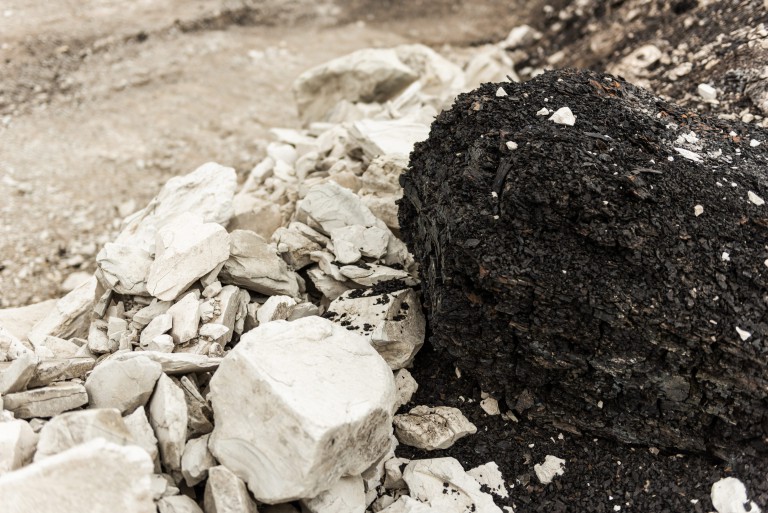It is very common for horses and foals to have stomach ulcers. In fact, it is estimated that nearly 50% of foals and 33% of adult horses that are confined in stalls have mild ulcers, with up to 60% of show horses and 90% of racehorses developing moderate to severe ulcers!
Many factors can contribute to the development of ulcers. Below are the most common causes of ulcers in horses:
Diet
In humans, the production of hydrochloric acid is stimulated by eating. In horses, however, hydrochloric acid is constantly produced. Horses have therefore evolved to be grazers, frequently eating small meals in order to help reduce the damaging effects of the acid in their stomachs. If a horse does not eat frequently the acid can accumulate in the stomach and irritate it, causing ulcers.
As well, the consumption of high volumes of concentrates (e.g. sweet feed, pelleted feed) can also lead to the development of ulcers, as concentrates can increase the production of acids. On the other hand, roughage intake can help to decrease damage to the stomach, as it requires more chewing, stimulating the production of saliva. This saliva, when swallowed, helps to neutralize stomach acid.
Exercise
Strenuous exercise can also attribute to the development of ulcers in horses. Exercise can increase the amount of time that it takes for the stomach to empty therefore, if a horse does not eat frequently and engages in strenuous exercise, his or her empty stomach will be exposed to large amounts of acid for long periods of time.
Studies have also shown that training can have an effect on acid levels in the stomach. Research has shown that horses may experience higher acid levels during training. As well, it was discovered that when a horse is galloping, pressure from the abdomen can cause the stomach to contract, pushing acid from the lower stomach up in to the more vulnerable upper stomach, increasing acid exposure.
Stress
Stress, both environmental and physical, can increase the likelihood of ulcers by decreasing the amount of blood flow to the stomach. Decreased blood flow to the area makes the lining of the stomach more vulnerable to damage from stomach acid.
Training, hauling, frequent competitions, unfamiliar surroundings and mixing groups of horses can all be factors that contribute to stress and the development of ulcers.
Medications
Certain medications such as non-steroidal anti-inflammatory drugs (NSAIDS) (eg. phenylbutazone, also known as Bute, and flunixin meglumine, also known as Banamine) or corticosteroids (eg. prednisolone, dexamethasone) can also contribute to the development of ulcers in horses. For instance, NSAIDS block the production of a chemical called PgE2 which helps to decrease acid production. Without the production of this chemical acid levels can become very high in the stomach.
For more information on management practices that can be employed to help decrease the likelihood of the development of ulcers in your horse please see: Ulcers in Horses: Prevention Management Practices
Image by boered


